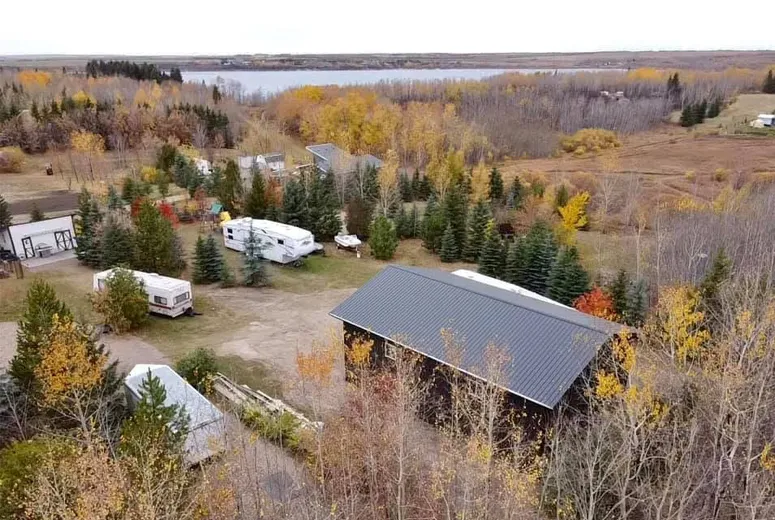- Afrikaans
- Albanian
- Amharic
- Arabic
- Armenian
- Azerbaijani
- Basque
- Belarusian
- Bengali
- Bosnian
- Bulgarian
- Catalan
- Cebuano
- Corsican
- Croatian
- Czech
- Danish
- Dutch
- English
- Esperanto
- Estonian
- Finnish
- French
- Frisian
- Galician
- Georgian
- German
- Greek
- Gujarati
- Haitian Creole
- hausa
- hawaiian
- Hebrew
- Hindi
- Miao
- Hungarian
- Icelandic
- igbo
- Indonesian
- irish
- Italian
- Japanese
- Javanese
- Kannada
- kazakh
- Khmer
- Rwandese
- Korean
- Kurdish
- Kyrgyz
- Lao
- Latin
- Latvian
- Lithuanian
- Luxembourgish
- Macedonian
- Malgashi
- Malay
- Malayalam
- Maltese
- Maori
- Marathi
- Mongolian
- Myanmar
- Nepali
- Norwegian
- Norwegian
- Occitan
- Pashto
- Persian
- Polish
- Portuguese
- Punjabi
- Romanian
- Russian
- Samoan
- Scottish Gaelic
- Serbian
- Sesotho
- Shona
- Sindhi
- Sinhala
- Slovak
- Slovenian
- Somali
- Spanish
- Sundanese
- Swahili
- Swedish
- Tagalog
- Tajik
- Tamil
- Tatar
- Telugu
- Thai
- Turkish
- Turkmen
- Ukrainian
- Urdu
- Uighur
- Uzbek
- Vietnamese
- Welsh
- Bantu
- Yiddish
- Yoruba
- Zulu
Nov . 11, 2024 22:45 Back to list
Cold Formed Steel Connection Design A Comprehensive Overview
Cold-formed steel (CFS) has gained significant popularity in modern construction due to its lightweight properties, high strength-to-weight ratio, and versatility. Used in various applications including residential, commercial, and industrial buildings, CFS members are often fabricated into intricate shapes and profiles that enhance structural efficiency. However, one critical aspect of utilizing cold-formed steel in construction is the design of connections, which serve as the backbone of the structural system.
Understanding Cold-Formed Steel
Cold-formed steel is made by shaping steel sheets at room temperature into various profiles. This process maintains the steel's mechanical properties, yielding high strength without requiring extensive heat treatment. Common products include C-sections, Z-sections, and various custom shapes. These members are typically thinner than hot-rolled steel and must be designed carefully to account for their unique characteristics.
Importance of Connection Design
Connections in CFS structures are essential for ensuring stability, transferring loads efficiently, and maintaining the integrity of the overall structure. A well-designed connection can optimize performance, while a poorly designed connection can lead to failure and safety hazards. Connection design must consider various factors, including load types (tension, compression, shear), connection types (welded, bolted, or riveted), and failure modes such as buckling, tear-out, and yielding.
Types of Connections
1. Bolted Connections Bolting is a common method for joining cold-formed steel members. It offers ease of assembly, flexibility for adjustments, and the ability to disassemble if necessary. The design must ensure adequate bolt area, spacing, and edge distances to prevent failure due to shear or tension.
2. Welded Connections Welding provides a strong and rigid connection method suited for applications where higher load capacities are needed. However, it requires specialized skills and equipment. Cautions must be taken to avoid issues like distortion and welding stress, which can impact the performance of cold-formed sections.
3. Riveted Connections While less common in modern construction, riveted connections are still applicable in unique scenarios. They provide robust connections similar to welded structures but can be more complex to install.
cold formed steel connection design

Design Considerations
When designing connections for cold-formed steel, several factors must be considered
1. Load Path A clear understanding of the load path is crucial for effective connection design. It ensures that loads from one member are appropriately transferred to another, maintaining structural integrity.
2. Member Thickness Cold-formed steel sections often feature varying thicknesses. Design methods must address these variations to prevent local buckling or failure.
3. Connection Types The choice between welded, bolted, or riveted connections depends on the specific application, ease of construction, and desired strength. Designers must ensure that the selected connection type aligns with the overall structural requirements.
4. Material Properties Cold-formed steels come in different grades, which possess varying yield and tensile strengths. Understanding these properties is fundamental to calculating connection capacities effectively.
5. Code Compliance Adhering to relevant building codes and standards is critical in connection design. Standards such as the AISI (American Iron and Steel Institute) provide guidelines for CFS design, ensuring safety and reliability.
Conclusion
Designing connections for cold-formed steel structures is an essential aspect that demands careful consideration and expertise. The proper integration of bolted, welded, or riveted connections can greatly influence the efficiency and safety of a structure. By adhering to design codes, understanding material properties, and considering the unique attributes of cold-formed members, engineers can create robust and reliable connections that enhance the overall performance of the structure. As the demand for lightweight, cost-effective construction solutions continues to rise, mastering CFS connection design will remain vital in the evolution of modern architecture and engineering.
-
How Do Prefabricated Steel Structures Transform Modern Construction?
NewsJul.14,2025
-
How Do Prefabricated Metal Buildings Redefine Modern Construction?
NewsJul.14,2025
-
How Do Prefab Insulated Metal Buildings and Steel Structures Revolutionize Modern Construction?
NewsJul.14,2025
-
How Do Pre - Engineered Steel Structures Redefine Modern Construction?
NewsJul.14,2025
-
Advancing Modular Construction with Prefabricated Metal Structures
NewsJul.14,2025
-
Advancing Industrial Infrastructure with Prefabricated Steel Solutions
NewsJul.14,2025
Products categories
Our Latest News
We have a professional design team and an excellent production and construction team.












